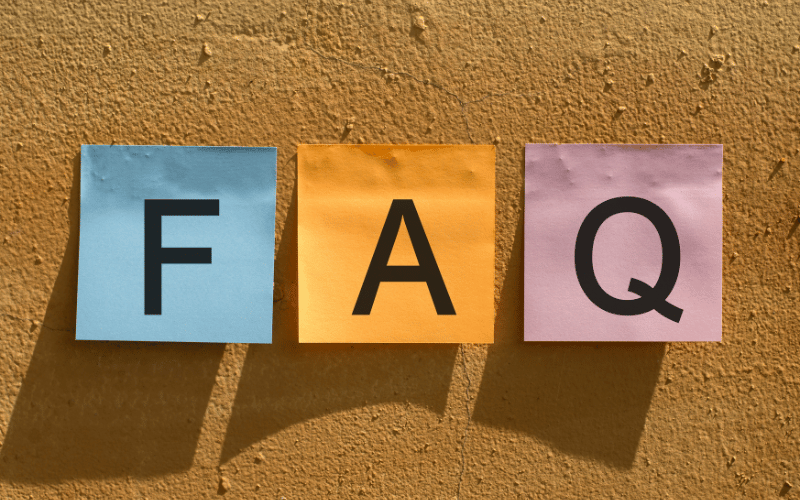Frequently Asked Questions

1. What exactly is eosinophilic esophagitis (EoE)?
Eosinophilic esophagitis, commonly referred to as EoE, is a chronic immune system disease in which a specific type of white blood cell, known as eosinophils, accumulates in the esophagus. This build-up leads to inflammation, causing a variety of symptoms, especially related to eating and swallowing.
2. How is EoE diagnosed in children?
EoE is diagnosed through a combination of symptom assessment, medical history evaluation, and specific tests. The most definitive test is an upper endoscopy where a small tissue sample from the esophagus is taken and examined under a microscope for eosinophils. Other tests, like blood tests or allergy tests, may also be conducted to rule out other conditions.
3. Are certain children more at risk of developing EoE?
While EoE can occur in children of all backgrounds, there’s evidence to suggest that it’s more common in males than females. Additionally, children with a history of allergic conditions like asthma, eczema, or food allergies might have a slightly higher risk of developing EoE.
4. Is there a cure for eosinophilic esophagitis in children?
As of now, there isn’t a definitive cure for EoE. However, several treatments can effectively manage and alleviate the symptoms. These might include dietary modifications, medications to reduce eosinophil levels and inflammation, and in some cases, dilation procedures to widen the esophagus.
5. Can children with EoE lead a normal life?
Absolutely! While EoE can present challenges, with the right care, medical guidance, and support, children with EoE can lead full, active lives. It’s essential for caregivers to maintain open communication with healthcare professionals and ensure that the child receives regular check-ups and follows the recommended treatment plan.
Conclusion: Reflecting on EoE’s Impact and the Path Forward
Eosinophilic esophagitis (EoE) in children isn’t just a medical condition; it’s an experience that encompasses physical, emotional, and often social challenges. Every symptom, from difficulty swallowing to chronic fatigue, weaves a narrative of the battles these young ones face daily. Yet, with each challenge also emerges a testament to their resilience. By understanding the intricacies of EoE, we not only equip ourselves with the knowledge to provide optimal care but also foster empathy and support for these brave children.
The journey with EoE might seem daunting, filled with medical jargon, frequent doctor visits, and dietary adjustments. However, there’s a silver lining. With advancements in research, evolving treatments, and a growing awareness of the condition, the future looks promising for affected children. A holistic approach, involving medical intervention, emotional support, and lifestyle adaptations, can ensure that children with EoE not only manage their symptoms but also thrive, embracing life with vigor and enthusiasm.